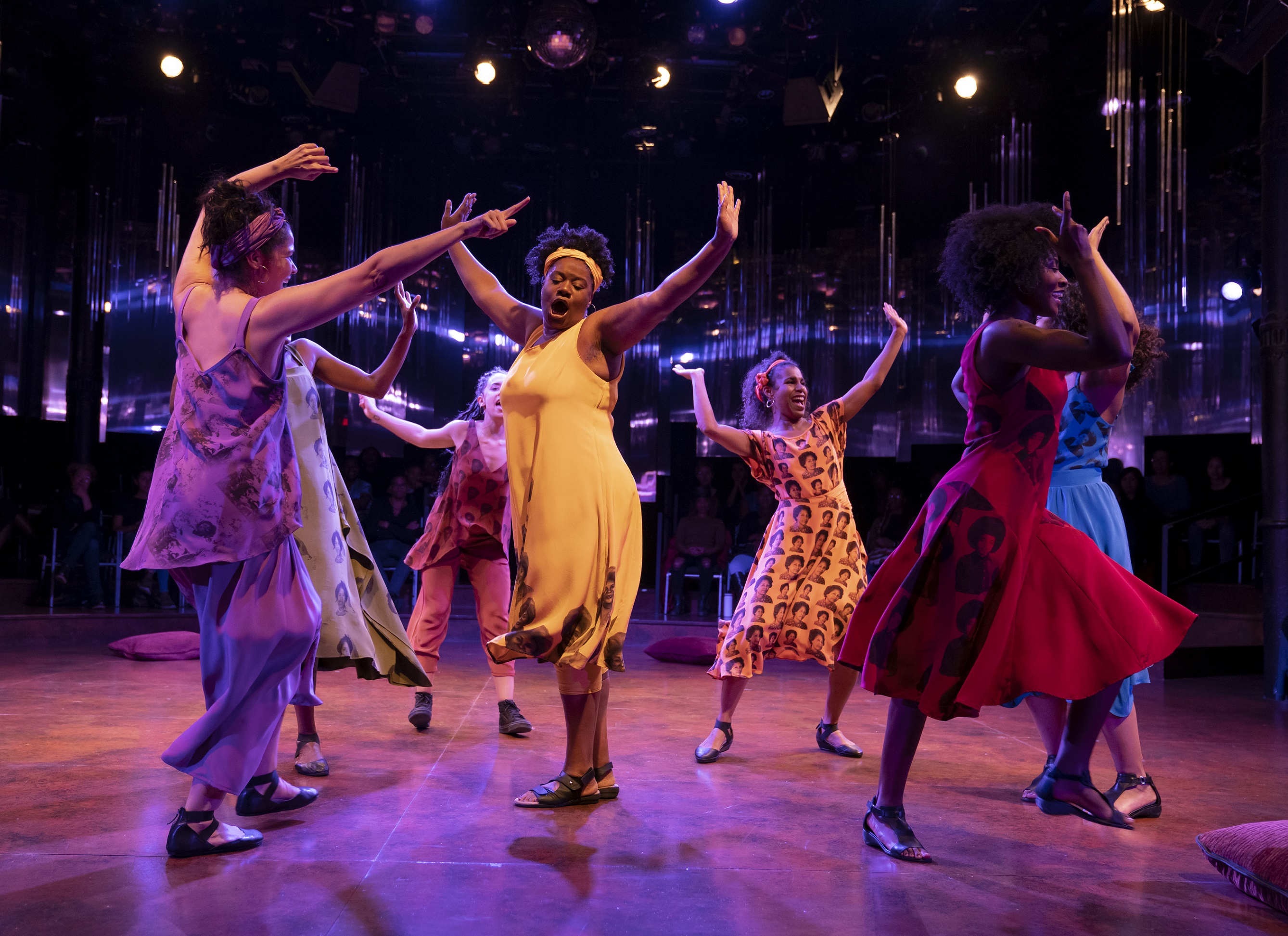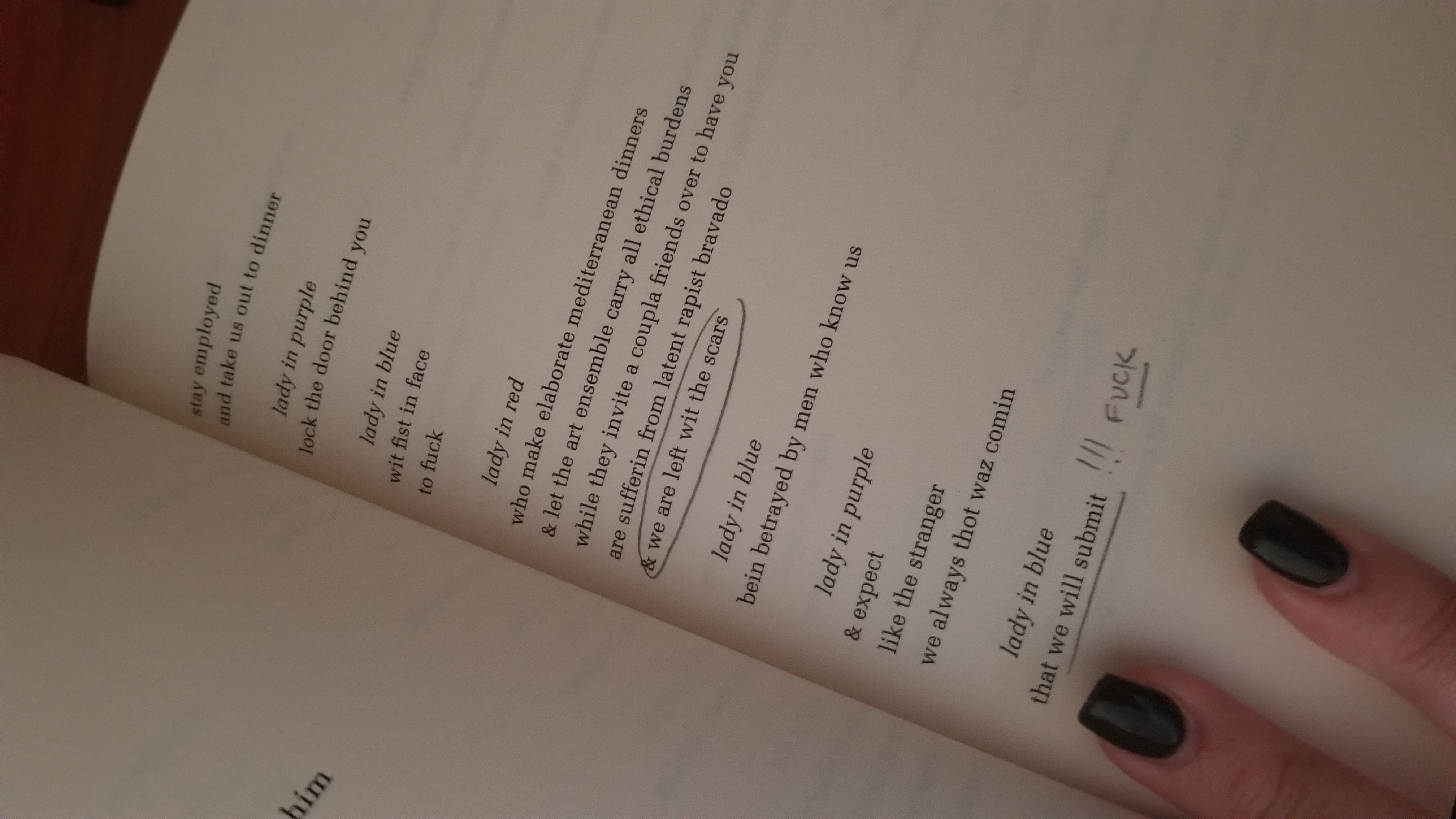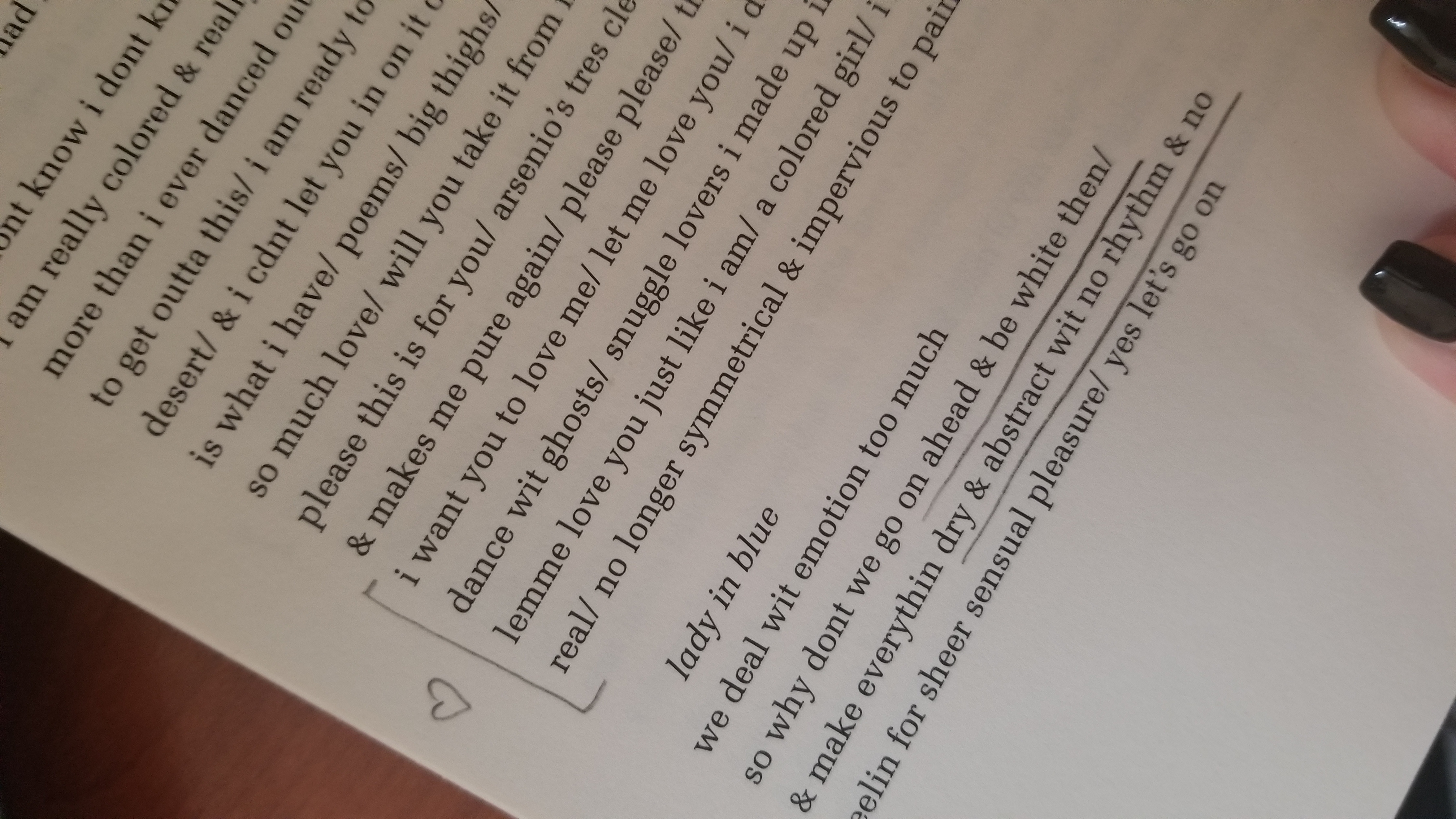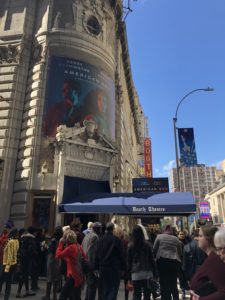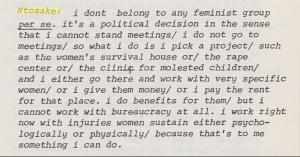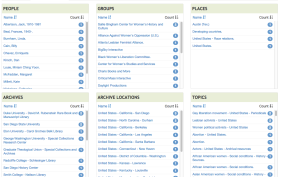Oh For Colored Girls… how did you know that I needed you so?
Reading and seeing For Colored Girls were such uniquely incredible experiences for me. Reading it for class, I felt as though some parts resonated with me whereas others confused me. Seeing the play, witnessing the movements, hearing the language and other sounds helped to make concrete any confusion. There were moments that made me want to cry, some in which I laughed, others that made me think of specific moments of my life and even some that were foreign to me but through the performance were made clear. I truly could ramble endlessly about how wonderful an experience the play was, but for the sake of this post, I want to focus on my favorite parts of the play: the recurring elements of girlhood.
The play opened with the seven women storming the stage with a wave of song, dance, claps, jumps, and cheers. They played hand games, mimicked double-dutch, and laughed. Admittedly, this was the first moment that I wanted to cry–– not because there was any feeling of sadness but rather because I felt so seen. Almost immediately, before any lines had been delivered, I was forced to reflect. I thought back to when I might have played similar games, I thought back to when I had ever in my life seen a group of women of color simply having fun in any production; I could not think of any. To my pleasant surprise, these seemingly unstructured moments of joy and play were the ones that united each of the play’s poems. Sometimes accompanied by song, other times by stomps and claps, each of these moments evoked in me a desire to join in, a desire to play.
The production closed with a classic four-clap “no music” chant, which could not have been more fitting. The times in my life in which I’ve taken part in such a chant were always at the end of events/closing of spaces that I did not want to leave. This play was certainly one that I wanted to stay in for as long as possible. The women on stage and all of the Black girls/women around me kept up the “no music” chant until the house lights were turned on. The beauty of Black/brown women’s ability to make joy in the midst of pain, to play in the midst of hardship, to create music in the midst of silent was without a doubt the most profound element of For Colored Girls.


